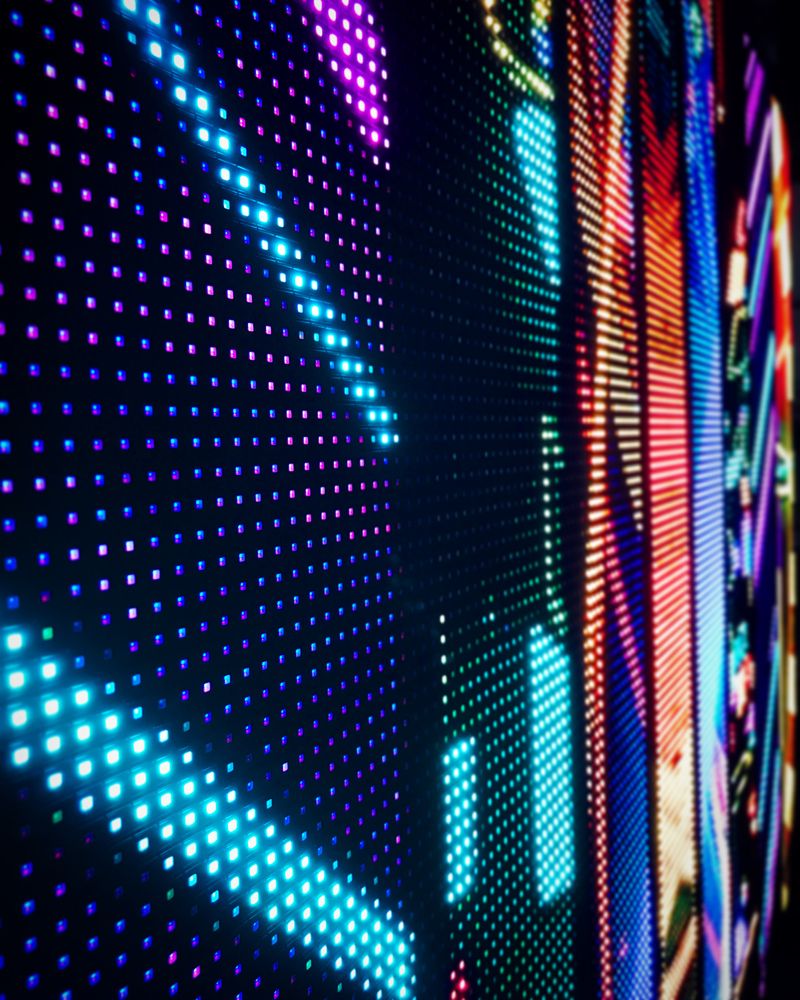Light Emitting Diode display units have gained traction for their ability to deliver crisp imagery in various settings, from corporate environments to entertainment venues. One of the primary aspects of these systems is their connectivity capabilities, which allow users to connect them to multiple devices and systems. Comprehending the broad input options available for LED wall panels is essential for maximizing their use and effectiveness. This article explores these options, highlighting how they can adapt to specific needs and preferences.

One frequent interface method for Light Emitting Diode wall panels is High-Definition Multimedia Interface. HDMI is broadly known for delivering crisp video and audio streams between components. This connection type is particularly useful in business environments, such as conference rooms or classrooms, where presentations or video content are often shared. By using HDMI cables, users can seamlessly connect laptops, projectors, and streaming equipment to LED wall panels, guaranteeing a clear and dynamic display of media.
Another popular connectivity option is Display Port, which is similar to HDMI but offers enhanced advantages. Display Port can support elevated refresh rates and resolutions, making it an ideal choice for gaming or graphic-intensive applications. For those deploying Light Emitting Diode wall panels in environments where performance is essential, such as competitive gaming venues or design studios, Display Port can provide the necessary visual quality. Moreover, many contemporary computers and graphics cards feature DisplayPort connections, making it a convenient solution for tech-savvy users.
In contrast to High-Definition Multimedia Interface and DisplayPort, wireless connectivity options are becoming progressively common in LED wall panel technology. Wireless connections allow operators to share content without the need for physical cables, enabling a cleaner and more adaptable configuration. Platforms such as wireless internet and short-range communication allow users to connect smartphones, tablets, and laptops directly to Luminescent Diode wall panels without tangled wires. This versatility is especially beneficial in fast-paced environments like trade shows or events, where rapid adjustments to displays are often required.
For extensive installations or more complex setups, LAN integration through wired networking is another reliable solution. Wired connections provide a consistent and reliable way to connect multiple LED wall panels within a network. This setup is ideal for electronic display applications found in retail their explanation centers or transport hubs, where multiple panels may need to present coordinated content across a broad area. By using Ethernet cables and network switches, users can guarantee that all linked panels receive uniform data and information seamlessly.
Finally, it's crucial to evaluate the evolution of interface technology with advancements such as Universal Serial Bus-C and Thunderbolt 3. These next-generation interfaces offer enhanced data transfer speeds and flexibility by allowing one connector to handle both power delivery and data transmission. As more devices adopt these standards, Light Emitting Diode wall panels equipped with Type-C ports will likely become more common. This evolution in connectivity not only enhances the functionality of LED wall panels but also aligns with the growing trend of minimalism in hardware arrangements by minimizing the number of wires required.
In summary, exploring the diverse interface options available for LED wall panels reveals many possibilities for operators across multiple industries. From conventional approaches like High-Definition Multimedia Interface get redirected here and Display Port to contemporary cordless technologies and LAN setups, each pathway serves unique purposes tailored to specific needs. Additionally, emerging technologies like USB-C offer further developments in how professionals utilize Luminescent Diode wall panels. By grasping these integration choices, end-users can make strategic selections that enhance their overall experience with these versatile display tools.